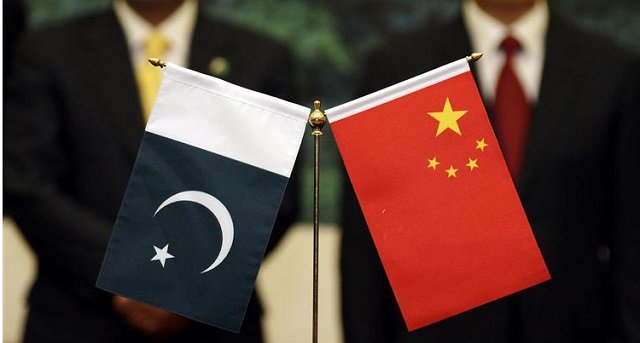
The Trump-Imran apparent bonhomie has given many a reason to believe that both Pakistan and the US can still stitch together a cooperative relationship despite many divergences and mistrust. The issue that brought the two estranged allies once again on one platform is of course the Afghan endgame. The Trump administration, desperate to save some pride after 18 years of failed efforts to bring some semblance of stability in Afghanistan, is looking up to Pakistan for a bailout.
But Imran’s visit was not just about Afghanistan. The two countries are also discussing other areas of cooperation such as trade and business ties. Trump himself spoke about increasing trade to manifolds with Pakistan. There is no official word nor will anyone publicly say it but there are speculations that the Trump administration is ready to offer a ‘lucrative deal’ to Pakistan in return for rethink on China-Pakistan Economic Corridor (CPEC).
Republican Senator Lindsey Graham, who complemented Saudi efforts in securing the White House invitation for Imran, is lobbying for free trade deal to Pakistan if it helps the US in bringing peace in Afghanistan. Saudi Arabia and the United Arab Emirates (UAE), which already extended financial assistance to Pakistan, will pump in further investments in the country. But for that to happen, Pakistan may have to adjust its current foreign policy priorities particularly towards China.
The US opposition to China’s ‘Belt and Road’ initiative (BRI) is well known. Alice Wells, senior State Department official, told a group of journalists in Islamabad in April that the “US welcomes the infrastructure investment by China and by all countries so far it advances the prosperity of the countries involved.” The larger objective behind America’s opposition to BRI is to stop the rise of China as global power.
Of late there has been a debate in Pakistan that whether CPEC is mutually beneficial for the country. Those who take a critical view of CPEC claim that contracts signed with the Chinese companies were not favorable to Pakistan. On top of that the PM’s US visit has set off speculations that Pakistan may rebalance its ties with China. There was no official confirmation of this possible policy shift but it can’t be ruled out given how Pakistan often makes somersaults on the foreign policy front. There were many instances where Pakistan simply went for a short-term gain but lost sight of the bigger picture. We must learn from our history. Our policy of choosing sides in foreign relations has always come back to haunt us. The major flaw in our foreign policy has always been putting all eggs in one basket. When China announced billions of dollars of investment under CPEC few years back, we were boasting our ‘strategic partnership’ to tell the West, particularly the US, that we no more needed your support.
Now that the US has extended a “hand of friendship” to Pakistan, our romance with Washington is suddenly reignited. There is no point in getting blown away by Trump’s “charm offensive”. The government or the ones in charge of Pakistan’s foreign policy should avoid committing the past mistakes.
Reengagement with the US is certainly a positive development but that doesn’t mean Pakistan has to antagonise China. Pakistan can optimally use its geostrategic location to its advantage by maintaining friendly ties with both China and the US while without becoming a party to their power politics. It is certainly a difficult task but not an impossible one.
Published in The Express Tribune, August 5th, 2019.
Like Opinion & Editorial on Facebook, follow @ETOpEd on Twitter to receive all updates on all our daily pieces.


1736298376-0/Untitled-design-(56)1736298376-0-165x106.webp)
















COMMENTS (1)
Comments are moderated and generally will be posted if they are on-topic and not abusive.
For more information, please see our Comments FAQ